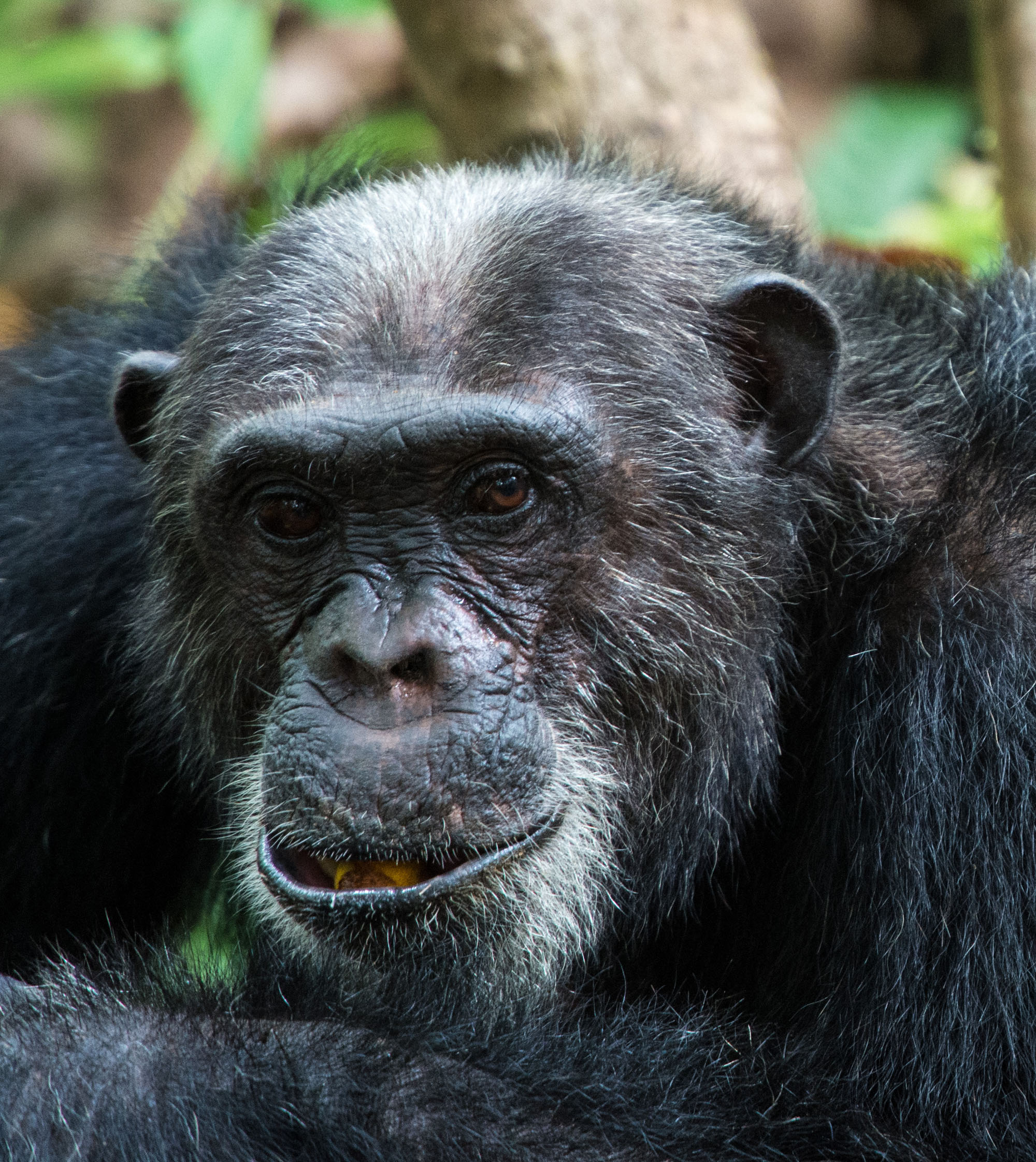
Today, perhaps only 150,000 survive, and they continue to be lost at an alarming rate.
#Chimpanzee how to#
The young one learns by watching, and then practicing on its own.įinally, a young female chimp learns how to be a mother (later in life) by watching her own mom raise her and her siblings.Īt one time, more than one million chimpanzees lived in Africa. The youngster also watches as adults use tools to get food - sticks for grabbing termites, stones for cracking nuts. The little ape spends many hours watching its mom select fruits and other foods, learning what is good to eat. But during these early years, the youngster is learning how to find its own food. The young chimp will nurse until the age of about four. After about six months, and for the next several years, the young chimp hitches a ride on mom's back.

For the first few months of its life, the little one sticks close to mom, clinging to her underbelly when she's on the move.

A baby chimp weighs about four pounds at birth. The length of gestation (pregnancy) averages 230 days, or about 7 1/2 months. Sometimes a high-ranking male will try to guard the female and prevent her from mating with other males. When a female is in estrus (in heat), she'll usually approach - and mate with - several males.
#Chimpanzee skin#
Their skin is colored pink when they're young, but darkens with age.Ī female chimp is ready to mate when she's about 13 years old. Chimps' face and the underside of their hands and feet have no hair. (In captivity, both males and females can weigh more.)īlack hair covers most of their body, though older chimps are prone to graying hair and baldness (just like us!). In the wild, females can weigh up to 110 pounds and males, up to 155 pounds.

When standing upright, adult chimps are about three to five feet tall. They can walk on two legs for short distances. Like gorillas, chimps walk on the knuckles of their hands and the flat soles of their feet. Their long arms come in useful here, too, because these apes usually walk on all fours. They do most of their traveling on the ground. Chimps spend a lot of time in trees, where they do most of their feeding and nesting.Ĭhimps may travel through the trees, moving from branch to branch - but only for short distances. These apes have very long, powerful arms and long-fingered hands - perfect for hanging around in trees. What's one of the first things you notice about chimpanzees? Probably their arms.


 0 kommentar(er)
0 kommentar(er)
